Dear Stephen,
In your book, you recommend andrographis to be standardized to 10% andrographolides; however, I am currently using the whole bulk andrographis herb from 1st Chinese (in 00 caps averaging 520 mg each) and have a few questions that I’ve been unable to get answers for while researching on the internet.
Would you know the approximate content of andrographolides in the whole bulk herb or would you know how much of the whole herb I would have to take in order to get enough of the standardized constituent? Should I go higher (if possible) than the upper limit recommended in your book? Is the standardized form available in bulk anywhere at the moment? Thanks so much Stephen. Hope you are well.
Stephen’s response:
The standardized form is not available in bulk; it is an industrial modification of the herb used by herbal companies for tablet production. You can indeed go higher in dose if you would like.
I have a problem with the whole herb andrographis that is available in the U.S.; there is too little quality control. It is my hope that better quality will come on the market soon, from locally grown plants. The amount of andrographolides in plants varies tremendously depending on when the plants are harvested. For instance, see this article:
Screening and optimization of Andrographis paniculata (Burm.f.) Nees for total andrographolide content, yield and its components; BHAN M. K. (1) ; DHAR A. K. (1) ; KHAN S. (1) ; LATTOO S. K. (1) ; GUPTA K. K. (1) ; CHOUDHARY D. K. (1)
Abstract: Andrographis paniculata (Burm.f.) Nees (Acanthaceae), commonly known as Kalmegh is used both in Ayurvedic and Unani system of medicines for a number of ailments related to digestion, hepatoprotection, hypoglycemic, and as anti-bacterial, analgesic, anti-inflammatory, vermicidal and antiacene. Ten accessions of A. paniculata from different sources were screened to assess the yield and its components besides andrographolides on three harvesting dates viz. 70, 100, 130 days after plantation corresponding to calendar months of September, October and November. The results revealed its successful growth in the subtropical region of Jammu, with last week of October ideal for obtaining maximum dry herbage (931.3 kg/ha) and total andrographolide yield (61.83 kg/ha), respectively. On the basis of leaf/stem ratio the relative estimates of total andrographolide is higher in October (46%) than September (15%) or November (39%). Accession Acc. 1 and Acc.9 have been identified as the best sources for obtaining higher drug yield.
The content of the three main andrographolides in Andrographis paniculata has been determined (but no harvest date was listed for the article, which makes a huge difference). In general, the three main andrographolides in this species exist in this amount: .12 grams of andrographolides per 100 grams of dried plant. (100 grams is about 3.5 ounces.) You can find the analysis, in depth, in this article:
As you can see, no easy answer unless you know exactly when the plant was harvested. This is one of the reasons why many people are supporting standardization. I am not a fan of standardization but I can understand why some people would like it to occur.
Stephen
-
Stephen Harrod Buhner was an Earth poet and an award-winning author of twenty-four books on nature, indigenous cultures, the environment, and herbal medicine including the acclaimed book Healing Lyme: Natural Healing & Prevention of Lyme Borreliosis & Its Co-infections.
Stephen came from a long line of healers including Leroy Burney, Surgeon General of the United States under Eisenhower and Kennedy, and Elizabeth Lusterheide, a midwife and herbalist who worked in rural Indiana in the early nineteenth century. The greatest influence on his work, however, was his great-grandfather C.G. Harrod who primarily used botanical medicines, also in rural Indiana, when he began his work as a physician in 1911.
Stephen’s work has appeared or been profiled in publications throughout North America and Europe including Common Boundary, Apotheosis, Shaman’s Drum, The New York Times, CNN, and Good Morning America. Stephen lectured yearly throughout the United States on herbal medicine, the sacredness of plants, the intelligence of Nature, and the states of mind necessary for successful habitation of Earth.
He was a tireless advocate for the reincorporation of the exploratory artist, independent scholar, amateur naturalist, and citizen scientist in American society – especially as a counterweight to the influence of corporate science and technology.
View all posts

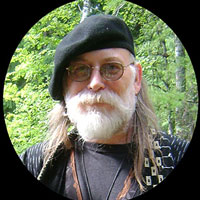
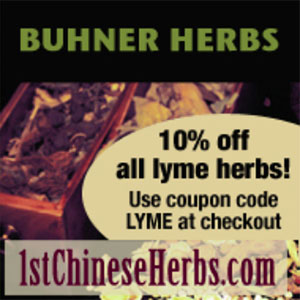


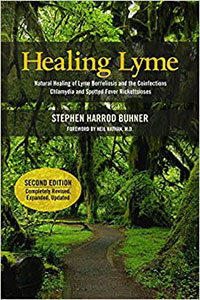
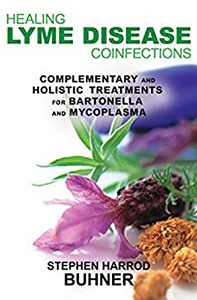
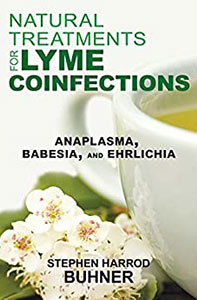
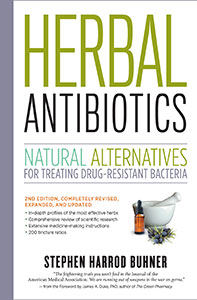
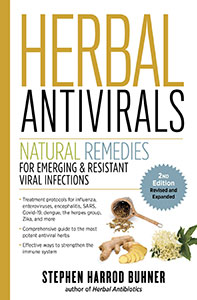



0 Comments